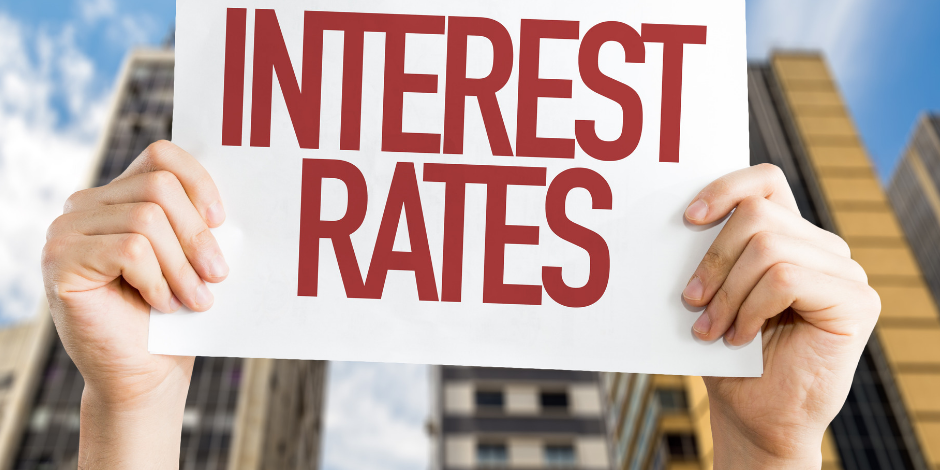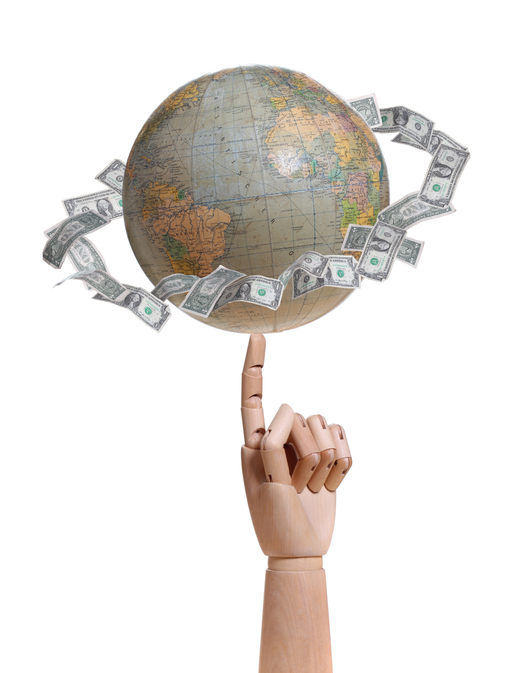Last week the U.S. Federal Reserve, also known as “the Central Bank”, lowered its key short-term rate a quarter percent. A viewer asks, “Why does the Fed raise and lower interest rates? And, how does it affect my money?” Certified Financial Planner Paul Fain, president of Asset Planning Corporation, answers questions regarding the Federal Reserve this week on WBIR’s Sunday Money.
WHY DID THE FEDERAL RESERVE LOWER INTEREST RATES?
The Federal Reserve has several tools that they use to boost or slow down the economy.
Their three main economic goals are:
- Promoting employment
- Stabilizing prices (inflation target 2%)
- Moderating long-term interest rates
Bottom line: The Federal Reserve lowers the funds to stimulate the economy by making it cheaper to borrow money.
WHAT DO TERMS LIKE “DOVISH” OR “HAWKISH” REFER TO?
Dovish: when the Federal Reserve lowers interest rates to stimulate the economy (expansionary policy – making it cheaper for us to borrow money)
Hawkish: when the Federal Reserve raises rates to slow the economy (contractionary policy – making it more expensive for us to borrow money)
HOW WILL THE RATE DECREASE IMPACT OUR WALLETS?
Positives:
- Home Equity Loans
- Adjustable Rate Mortgages
- Car Loans
Negatives:
- Savings
- Certificates of Deposit
Unknown:
- Stock Market
- Long-term bonds
FAST MARKET FACT: Current Rates
30-year mortgage: 3.75%
5/1 ARM: 3.46%
One-Year CD: <2.5%
Cash: <2%
QUESTION FOR OUR MONEYMAN?
Want to learn more about the Federal Reserve and why they raise or lower interest rates? Do you have other general questions about financial planning? Send them to our Knoxville Certified financial planner Paul Fain or directly to Paul@assetplanningcorp.com!



